All programme items
Please note our winter closing times!
Archive
2023
14.05. - 31.10.
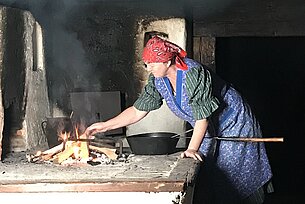
Without Electricity
Life like in the Old Days
What do you do if the power suddenly goes off for a long time? Our annual exhibition shows how life used to function without electricity.
2022
29.05. - 31.10.

Clothes
A Blend of Handicraft, Function and Fashion
Rural clothing of the past was primarily work clothing that had to be practical and, above all, hard-wearing.
2021
30.05. - 31.10.

All Manner of Household Remedies
On Herbs, Ointments and Forgotten Healing Tradition
The exhibition spans an arc from the so-called farmer doctors and ‘all kinds of healing knowledge’ to forgotten household remedies, rural healing traditions and typical regional uses.
2019
19.05. - 31.10.

Hard Work - Joyous Festivities!
Work-Life Balance in Earlier Times?
This annual exhibition focuses on the rural working year and its customs, festivals and celebrations. Hard farm labour and its structuring through customs and larger or smaller festivals once ensured a good balance between work and leisure.
2018
01.04. - 31.10.
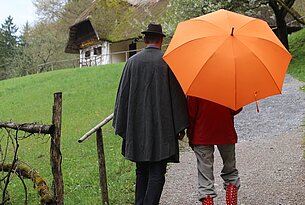
What will the weather be like?
The annual exhibition shows practical ways in which the farming population dealt with the weather using the resources available to them.
2017
01.04. - 31.10.
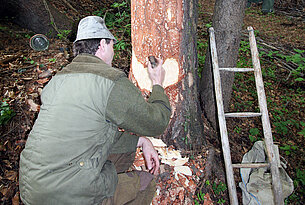
Shoemaker, Pecher, Ameisler
Almost forgotten trades and professions of the past
Trades such as peckers, ragpickers, root diggers and ant diggers have disappeared from our working world, once essential trades are threatened with extinction or have been replaced by machines. The changes in the world of work and everyday life have caused once indispensable professions and trades to be forgotten.
2016
01.04. - 31.10.
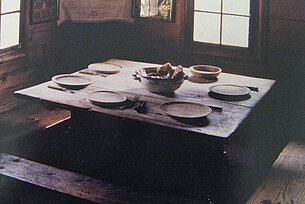
Dished up
On the trail of rural food culture
For a long time, food was based on nature and the respective conditions. However, it was not only the location, soil and climate that characterised Austria's everyday rural diet, the type of fireplace was also decisive for the different food landscapes in Austria.
2015
01.04. - 31.10.
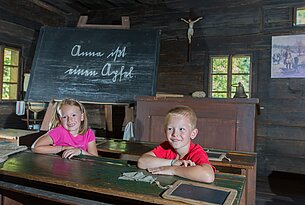
Of rascal girls, holder boys and ink blots
The children on the farm were fully involved in the work process. Child labour, today a legal offence, was taken for granted. It was only with the introduction of compulsory schooling that a distinction was made between school time and leisure time. But in their free time, children had to help around the house, in the fields or in the barn.
2013
01.04. - 31.10.
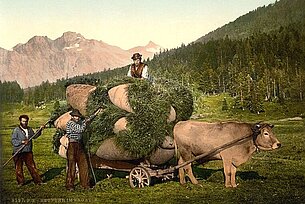
Day in, day out...
History of everyday rural culture
Even an open-air museum cannot capture a true picture of past reality, but attempts to approximate historical truths. Numerous everyday memories, taken from a wealth of oral history interviews, tell of the diversity of daily life in the countryside of yesteryear in small fragments of everyday life.
2012
01.04. - 31.10.
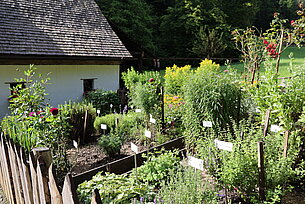
Rose, mint, ditchweed
The knowledge and benefits of farm gardens
In addition to the buildings, the holistic presentation of an open-air museum also includes the surroundings, the cultural landscape around them, woods and meadows, fields and home gardens. Our 2012 thematic focus provides insights into the development, use and diversity of farm gardens.
2011
01.04. - 31.10.
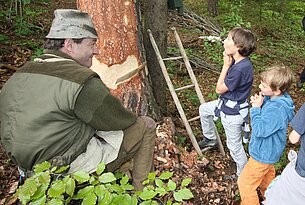
Wood times
For thousands of years, forests have provided an irreplaceable habitat, protection against avalanches and mudflows, reduced the risk of flooding, helped to balance the climate, regulated the water balance and supplied one of the most essential energy sources and materials in human history - wood.
2010
01.04. - 31.10.
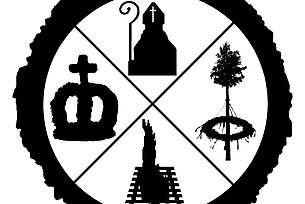
As is the tradition...
The farming year was inextricably linked to the rhythm of the seasons. The course of nature determined work and rest through the phases of growth and ripening. A wealth of customs and traditions developed from hard everyday labour and rest, the high points in the course of life and the combination of being at the mercy of others and deep piety.
2009
01.04. - 31.10.
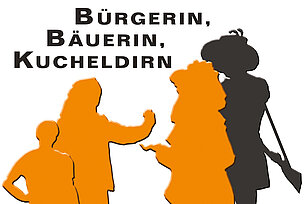
Citizen, farmer, cook
Women's everyday life at the time of Archduke Johann
Referring to the time in which Archduke Johann lived and worked and the life of his wife Anna Plochl, different themes are presented in various selected houses. The themes focus on the everyday lives of women in the town, farmers' wives and maidservants.
2008
01.04. - 31.10.
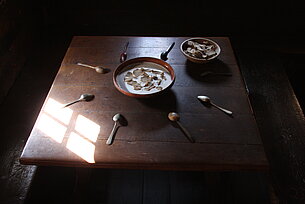
Served up!
About food culture in the farmhouse
In Austria, there are two fundamentally different fireplaces: The oven and the cooker. In eastern Austria, the stove was at the centre of the home and life, in western Austria it was the hearth. Between these two landscapes is the intermediate stage of the smokehouse. Here, the oven and the hearth were combined, and both fireplaces could be used alternately.



















